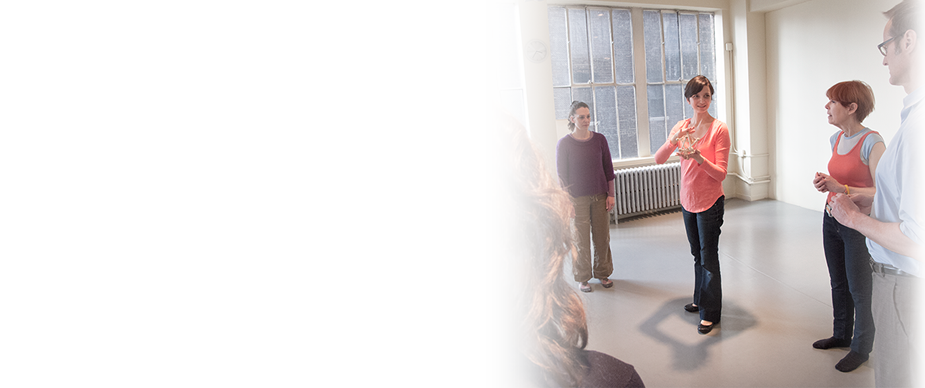You Have No Back, but You do Have a Spine
/Imagine the following conversation...
A: What's wrong?
B: My back hurts.
A: Your back of what?
B: The back of my hand. What going on with you? You don't look so well.
A: My back's been bothering me.
B: Back of what?
A: The back of my leg. Last week it was my back and now it's my back.
B: So the same, both weeks?
A: No, the back of my arm last week and now the back of my leg.
B: Oh, sorry about that. I hope your back feels better.
A: I hope yours does too. Hey, I know a good back doctor if you want a referral.
B: Back of what doctor?
A: Back of knee...I went to him last year when I had that soccer injury. I guess that won't do you any good though.
B: Thanks anyway. See ya.
A: See ya.
Do you feel like you just read a page of absurdist drama? If so, then consider something that you may take for granted...your back. Back of what? Back of your TORSO. To consider what is popularly called "the back" a separate body part may well be just as absurd as isolating the back of your hand as "the back".
The way we think about our bodies influences how we use them. If we think of the back and front of the torso as two separate planes, then it becomes difficult to coordinate ourselves in an integrated way and we become more prone to compression, leading to strain and injury.
The back is the back of the front the front is the front of the back...and there are sides too! Start in the front and touch your ribs. follow them around your torso and you'll find that they attach at your spine. This may look obvious on an anatomical drawing, but most people have so little awareness of the backs of their torsos, that they for get there are ribs there. The rib cage is three dimensional. Put your hands around your sides and take note. Notice movement of the rib cage as you breathe. Ideally it should expand and contract with each breath like bellows.
Lower down, we hear lots about lower back pain caused by hyper-extension of the lower back. There's also a lot of concern about bellies sticking out. The belly and the lower back are the front and back of one another. If the lower back is arched, the belly will stick out and vice versa.
And as for the spine, your spine isn't just those bumpy bones that you can reach back and feel. It's quite deep and you might want to consider the front of your spine lengthening as well as the back of it.
As always, to free the torso, first think about releasing excess tension in your neck, particularly the big muscles in the back of the neck and think of the very top of your head aiming up toward the ceiling. Relieving pressure below must first start with releasing downward pressure from above. That means, to free your torso, you must first make sure that your neck and head aren't pressing down into it...and then let your torso lengthen and widen three dimensionally.
Let's get rid of this idea of "the back". Notice how you feel when you sense all sides of your torso and share your experience in the comments below.


